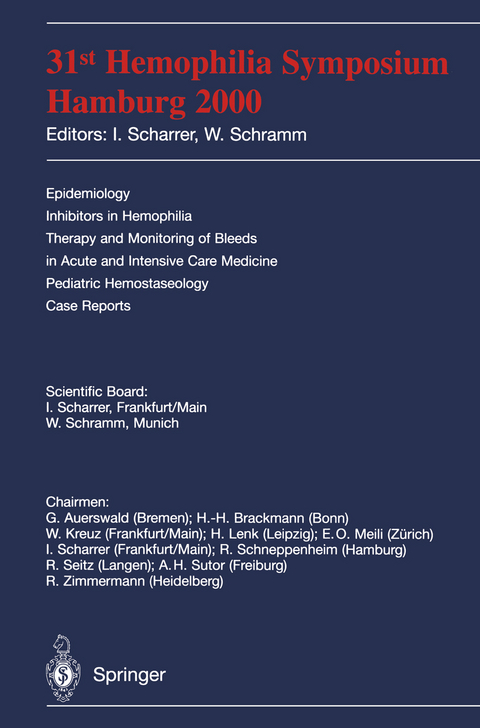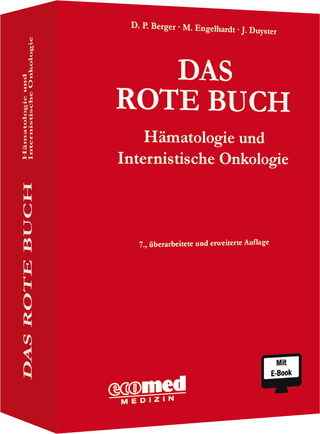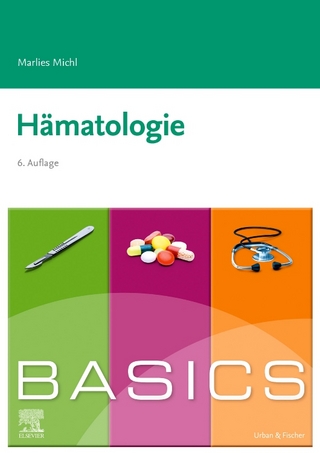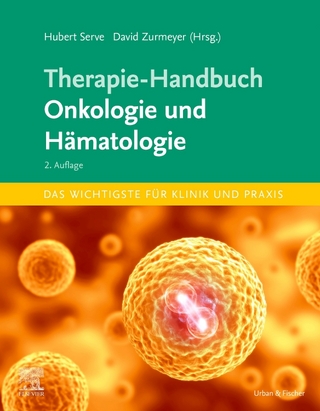
31st Hemophilia Symposium
Springer Berlin (Verlag)
978-3-540-42131-3 (ISBN)
Presentation of the Johann-Lukas-Schoenlein-Award.- I. Epidemiology.- HIV Infection and Causes of Death in Patients with Hemophilia in Germany (Year 1999/2000 Survey).- Hemophilia 2000 - the Annual Survey of the Austrian Hemophilia Centers.- II. Inhibitors in Hemophilia.- Changes in Epitope Specificity and in Distribution of FVIII Antibodies during Immune Tolerance Therapy (ITT) in Hemophilia A Patients with FVIII Antibodies - a Case Report.- Clinical Experience with the Modified Bonn-Malmö Protocol since 1996.- Course of Inhibitors in mild Hemophilia A with and without Immune Tolerance Treatment.- III. Therapy and Monitoring of Bleeds in Acute- and Intensive Care Medicine.- Management of Bleeding in Surgery and Intensive Care.- IV.. Pediatric Hemostaseology.- Frequency and Profile of viral posttransfusional Infections in Patients from Hemophilia Center Timisoara.- Symptomatic Onset of severe Hemophilia A in Childhood is dependent on the Presence of Prothrombotic Risk Factors.- Differences between Neonates and Adults in Plasmin Inhibitory and Antifibrinolytic Action of Aprotinin.- Shorter PFA-100 Closure Times (CT) in Neonates than in Adults: Role of Red Cells, White Cells, Platelets, and von Willebrand Factor.- V. Free Lectures.- Efficacy and Safety of a High Purity Protein C Concentrate in the Management of Patients with severe Congenital Protein C Deficiency.- Respective Roles of Factors II, VII, IX, and X in the Procoagulant Activity of FEIBA.- Capillary Microscopic and Rheological Dimensions for the Diagnosis of von-Willebrand-Disease in Comparison with other Hemorrhagic Diatheses.- Evaluation of Denaturing High Performance Liquid Chromatography (DHPLC) in the Analysis of Hemophilia A.- Vla. Poster: Clinic and Casuistic.- Rheumatoid Arthritis in a Patient withHemophilia Arthropathy - a Case Report.- Recurrent Fatal Intracranial Hemorrhage (ICH) in Two Non-Identical Twins suffering from Hemophilia B (Factor IX Activity < 1%).- Progression of Thrombosis under Low Molecular Weight Heparin without Heparin-Induced Thrombocytopenia in a young Man: a Case Report.- Cardiac Tamponade in a Patient with acquired Factor VIII Inhibitor and Chronic Renal Failure.- Endoscopic Cholecystectomy in a 55-year-old Patient with Heparin-Induced Thrombocytopenia Type II and Replacement of Mitral and Aortic Valve and Tricuspidal Valve Anular Plasty.- Vlb. Poster: Hemophilia.- Successful Orthopedic Operations in Hemophilic Adults with Inhibitors against Factor VIII.- Evaluation of Clinical Efficacy of rFVIIa in Pediatrics.- Risk Factors for Thrombosis in Hemophilia - an Analysis.- Status of Pain in Patients with severe Haemophilic Arthropathies.- Results of a 5-year Clinical Study with a B-domain Deleted FVIII Concentrate (rFVIII-SQ).- Outpatient Treatment with Radiosynoviorthesis in Hemophilic Arthropathy.- Requirements for Future Hemophilia Treatment from the Patients' Point of View.- Vic. Poster: Hemorrhagic Diathesis.- Molecular Basis of von Willebrand Disease Type IIC Miami.- Hemorrhagic Diathesis through acquired Factor XIII Inhibitor.- Liver Transplantation in a Patient with severe von Willebrand Disease Type 3: Levels of von Willebrand Factor Following Transplantation.- Clincal Course and Laboratory Findings in a Patient with a New Mutation Causing Wiskott-Aldrich Syndrome.- Role of acquired and inherited Prothrombotic Risk Factors in Pediatric Cerebral Venous Thrombosis - Preliminary Results of a Multicenter Case-Control Study.- Analysis of the Fibrinogen Genes of 40 Patients with Suspicion of Dys-, Hypo- or Afibrinogenemia.- Vld.Poster: Thrombophilic Diathesis.- Hereditary Antithrombin Deficiency - Results of a Family Study.- Elevated Factor IX and Factor XI as Risk Factors for Venous Thrombosis and Stroke.- Thrombophilic Risk Parameters in Juvenile »Idiopathic« Stroke Patients.- Inquiry into the Significance of Constantly Raised FVIII Values as a Factor in Thrombophilia.- Do Statins Increase the Homocysteine Level?.- Alpha 2-Macroglobulin Level regulates the Anticoagulant Cofactor Activity of Protein S in Cord and Adult Plasma.- Combined Prothrombotic Defects and Contraceptives - Risk Factor for Deep Venous Thrombosis in Adolescence.- Role of 23 bp Insertion in Exon 3 of the Endothelial Cell Protein C Receptor Gene in Venous Thrombophilia.
| Erscheint lt. Verlag | 23.10.2001 |
|---|---|
| Zusatzinfo | XXX, 287 p. |
| Verlagsort | Berlin |
| Sprache | englisch |
| Maße | 155 x 235 mm |
| Gewicht | 460 g |
| Themenwelt | Medizinische Fachgebiete ► Innere Medizin ► Hämatologie |
| Schlagworte | Hemophilia • Hemorrhagic diathesis • Intensive Care Medicine • pediatric hemostasiology • thrombophilic diathesis |
| ISBN-10 | 3-540-42131-9 / 3540421319 |
| ISBN-13 | 978-3-540-42131-3 / 9783540421313 |
| Zustand | Neuware |
| Haben Sie eine Frage zum Produkt? |
aus dem Bereich


